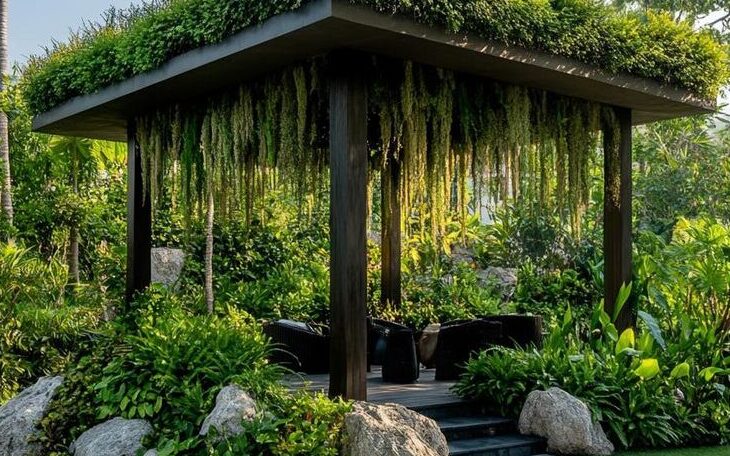A well-designed landscape is more than just an attractive garden—it’s a carefully planned ecosystem that blends functionality, sustainability, and beauty. Whether you’re enhancing a residential yard, a commercial frontage, or a public space, landscape design and build is a critical process that should be approached with professional expertise and thoughtful consideration. Why Professional Landscape Design Matters 1. Comprehensive Site Assessment Each landscape has its own unique features—soil conditions, sunlight exposure, wind flow, elevation, and drainage. Professionals conduct a thorough site analysis to understand these variables before any design is proposed. This ensures that the final layout works with, not against, nature. 2. Strategic Plant Selection One of the biggest challenges in landscaping is choosing the right plants for the right place. A plant that thrives in full sun might struggle in a shaded corner, while tropical species may suffer in dry, open areas. Professionals consider factors such as: Sunlight and shade distribution Soil pH and fertility Moisture levels and drainage Local climate and seasonal changes Plant compatibility and growth habits Proper plant selection not only ensures survival but also reduces maintenance costs, prevents overcrowding, and enhances visual harmony. 3. Functional and Aesthetic Balance Landscape design isn’t just about planting trees and flowers. It includes creating zones for specific uses—leisure, entertainment, privacy, or utility. Professionals carefully integrate hardscape elements like walkways, decks, water features, and lighting with softscape components to ensure usability, comfort, and safety. 4. Long-Term Sustainability Using native or climate-adapted plants, integrating efficient irrigation systems, and designing for water conservation all contribute to a sustainable garden. Professionals aim to create landscapes that minimize resource use, support local biodiversity, and are resilient to environmental stressors like pests, drought, and soil erosion. 5. Seasonal Interest and Plant Life Cycles A landscape should look good all year—not just immediately after planting. Professional designers consider seasonal bloom cycles, foliage color changes, and plant growth rates to ensure ongoing interest. The layout is designed to evolve over time while maintaining visual structure and plant health. The Build Process Once a design is finalized, the build phase begins. This includes: Site preparation and grading Installation of hardscapes (walkways, walls, decks, etc.) Irrigation and drainage setup Soil amendment and plant installation Final cleanup and adjustments Professional landscape builders follow industry best practices to ensure the longevity and safety of all elements. Conclusion A well-designed and properly built landscape doesn’t just improve the appearance of a property—it enhances its functionality, value, and environmental contribution. By understanding your garden’s sunlight patterns, soil type, climate, and intended use, a professional landscape team can craft a space that grows beautifully and performs effortlessly. Choosing to work with experienced landscape professionals is an investment in long-term success—where every plant is placed with purpose, and every square meter is maximized to its potential.. Written by M.F. Iqbal Landscape Architect & Horticulturist Passionate about sustainable outdoor design and green living.



